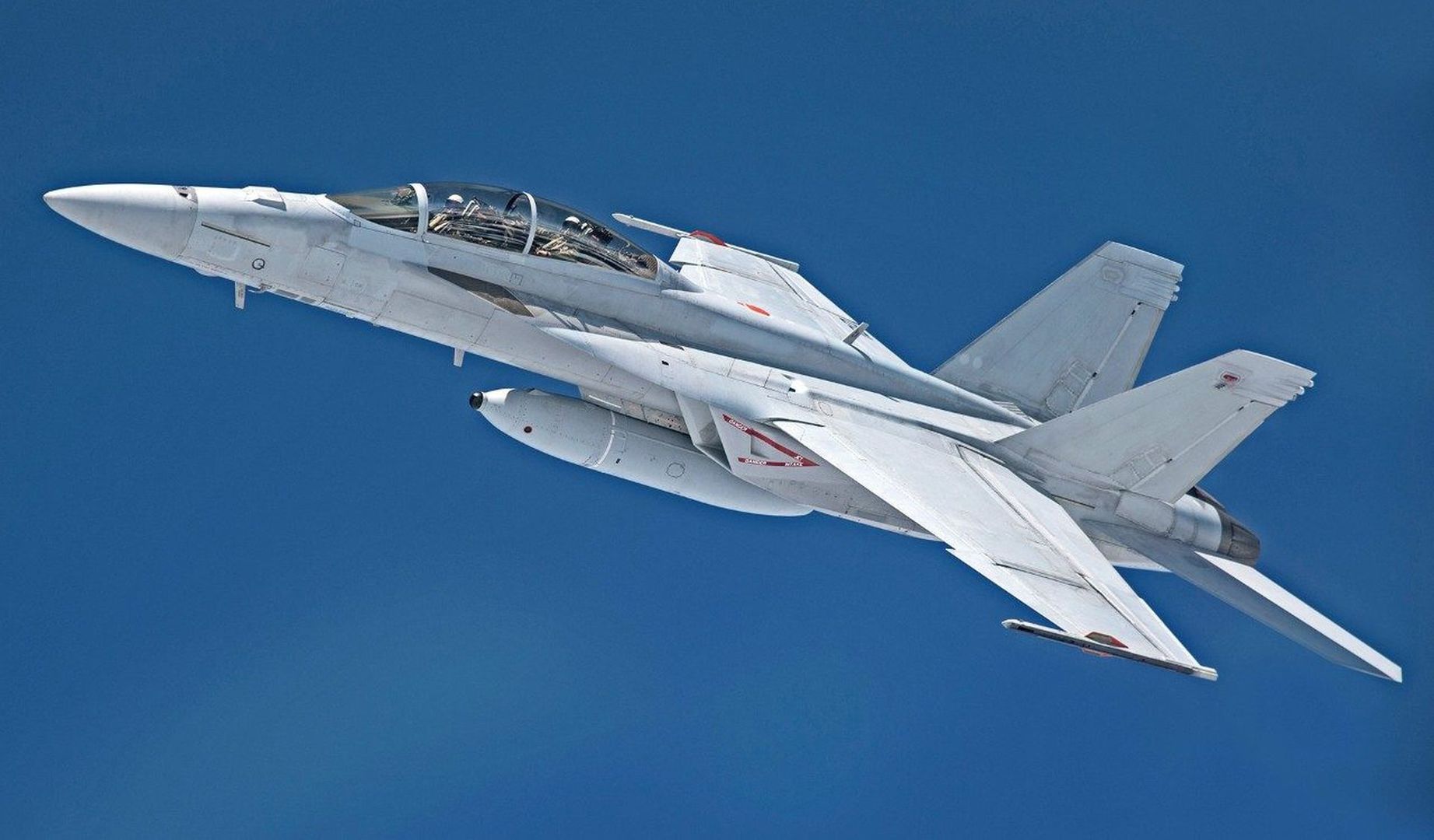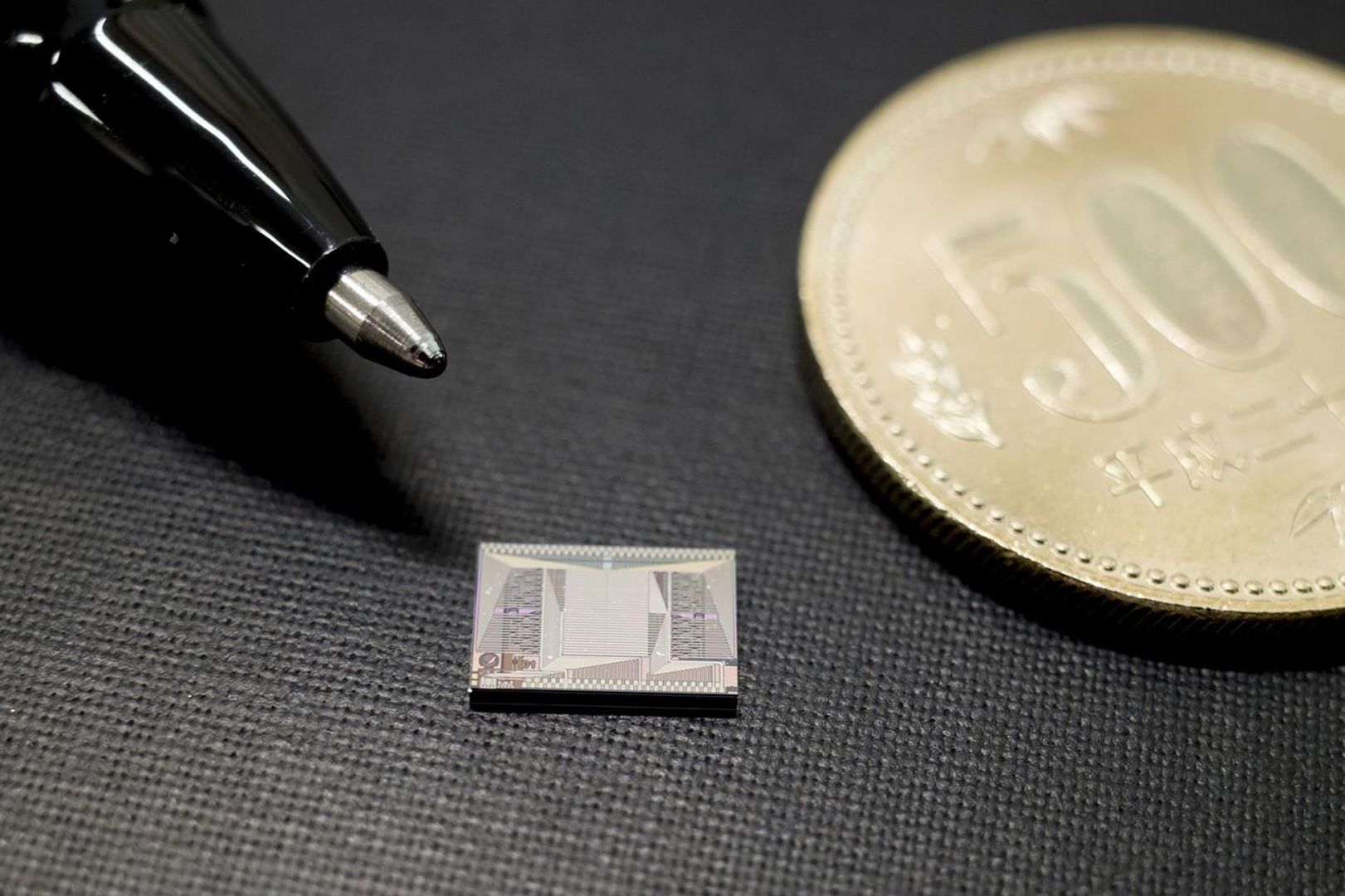For the first time, Boeing and the U.S. Navy flew an F/A-18 Super Hornet equipped with an Infrared Search & Track (IRST) Block II pod in late 2019. IRST Block II is a critical component of the Block III Super Hornet.
The Block III conversion will include enhanced network capability, longer range with conformal fuel tanks, an advanced cockpit system, signature improvements and an enhanced communication system. The updates are expected to keep the F/A-18 in active service for decades to come.
IRST is a passive, long-range sensor incorporating infrared and other sensor technologies for highly accurate targeting.
“The IRST Block II gives the F/A-18 improved optics and processing power, significantly improving pilot situational awareness of the entire battle space,” said Jennifer Tebo, Boeing Director of F/A-18 Development.
Currently in the risk reduction phase of development, IRST Block II flights on the Super Hornet allow Boeing and the Navy to collect valuable data on the system before deployment to the fleet. The Block II variant will be delivered to the Navy in 2021, reaching Initial Operational Capability shortly thereafter.
“The IRST Block II sensor gives Navy fighters extended range and increasing survivability. This technology will help the Navy maintain its advantage over potential adversaries for many years,” said Kenen Nelson, Lockheed Martin Director of Fixed Wing Programs, supplier of the IRST sensor.











